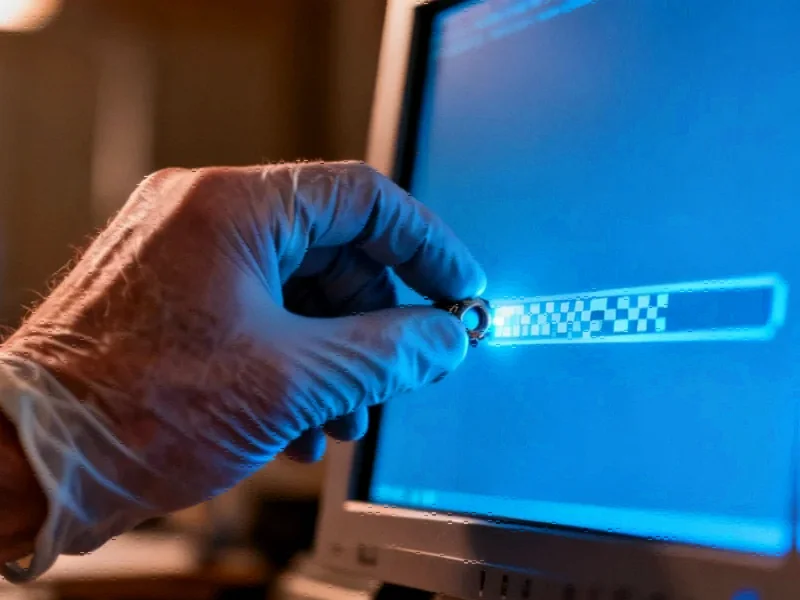Windows 10’s Final Recovery Updates Mark End of an Era
As Microsoft shifts focus toward Windows 11 development, the company has released what appears to be the final Windows Recovery Environment (WinRE) updates for Windows 10. These updates, including KB5068164, KB5067017, and several others, represent Microsoft’s last significant investment in Windows 10’s recovery infrastructure as the operating system approaches its end-of-support deadline.
The timing of these final updates is particularly noteworthy given the broader context of Microsoft’s update strategy across both Windows 10 and Windows 11 platforms. While Windows 11 continues to receive regular feature updates and patches, Windows 10’s development has clearly entered its final phase.
Understanding the WinRE Dynamic Update Ecosystem
These Dynamic Update packages serve a crucial function in Microsoft’s deployment architecture. Designed to be applied to existing Windows images before deployment, they contain essential fixes to Setup.exe binaries and SafeOS updates for Windows Recovery Environment. The preservation of Language Packs and Features on Demand during upgrade processes represents another key benefit, ensuring continuity for enterprise deployments and individual users alike.
The specific updates released include KB5068164 for Windows 10 versions 21H2 and 22H2, which automatically applies Safe OS Dynamic Update KB5067017. Additional updates cover older supported versions, including KB5067016 for version 1809 and Windows Server 2019, KB5067015 for version 1607 and Windows Server 2016, and the broader KB5067018 for Windows 10 generally.
Technical Improvements and User Experience Enhancements
Microsoft’s changelogs highlight several meaningful improvements, particularly in the Windows Preinstallation Environment (WinPE). The most notable enhancement addresses a long-standing user experience issue: when WinPE fails to start an application, users will now see a descriptive message box instead of the intimidating debug command prompt that previously appeared.
This change reflects Microsoft’s ongoing effort to make recovery environments more user-friendly, especially important as these final updates will serve as the lasting recovery experience for Windows 10 systems. The improvement aligns with broader industry trends toward more intuitive system interfaces, even in technical environments.
Deployment Methods and Enterprise Considerations
Microsoft indicates these recovery updates will deploy automatically through Windows Update channels, ensuring most users receive them seamlessly. However, enterprise administrators and technical users can also access the updates directly through Microsoft’s Update Catalog website, maintaining flexibility for managed deployment scenarios.
For organizations still relying on Windows 10, these final recovery updates represent an important milestone in their migration planning. The updates come at a time when significant hardware developments are influencing enterprise computing strategies, potentially accelerating transition timelines to newer operating systems.
Contextualizing Within Microsoft’s Broader Strategy
The release of these final Windows 10 recovery updates coincides with Microsoft’s full-scale rollout of Windows 11’s 2025 feature update. This parallel development underscores the company’s bifurcated approach: maintaining existing platforms while aggressively advancing new ones.
Interestingly, the Windows 10 updates appear more stable than their Windows 11 counterparts, with no reported issues comparable to the WinRE navigation problems affecting Windows 11 users with USB peripherals. This stability distinction highlights Microsoft’s different development priorities for the two operating systems at this stage in their lifecycles.
The computing landscape continues to evolve rapidly, with technology partnerships and strategic alliances reshaping how users interact with their devices. Microsoft’s careful management of Windows 10’s final updates demonstrates their commitment to supporting existing users while steering the ecosystem toward future platforms.
Looking Forward: Implications for Windows 10 Users
For the millions of devices still running Windows 10, these final recovery updates provide crucial stability and reliability improvements that will support systems through the remainder of their operational lifespan. The emphasis on WinRE improvements specifically addresses one of the most critical components for system maintenance and troubleshooting.
As the Windows 10 era gradually concludes, these updates represent Microsoft’s last significant investment in the platform’s core recovery infrastructure. They serve as both a practical improvement for current users and a symbolic milestone in the operating system’s lifecycle, marking the beginning of the end for one of Microsoft’s most successful platforms.
This article aggregates information from publicly available sources. All trademarks and copyrights belong to their respective owners.
Note: Featured image is for illustrative purposes only and does not represent any specific product, service, or entity mentioned in this article.



